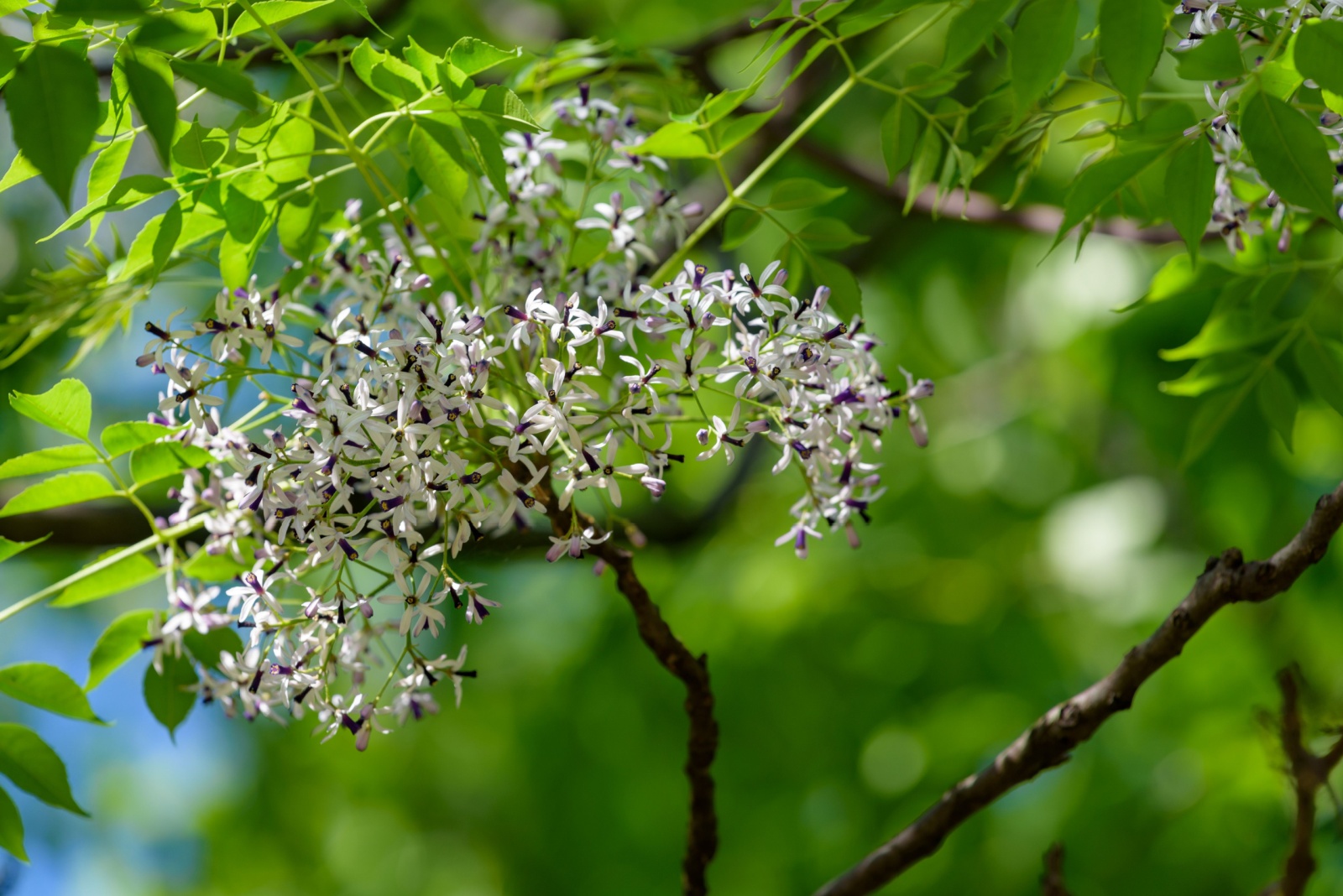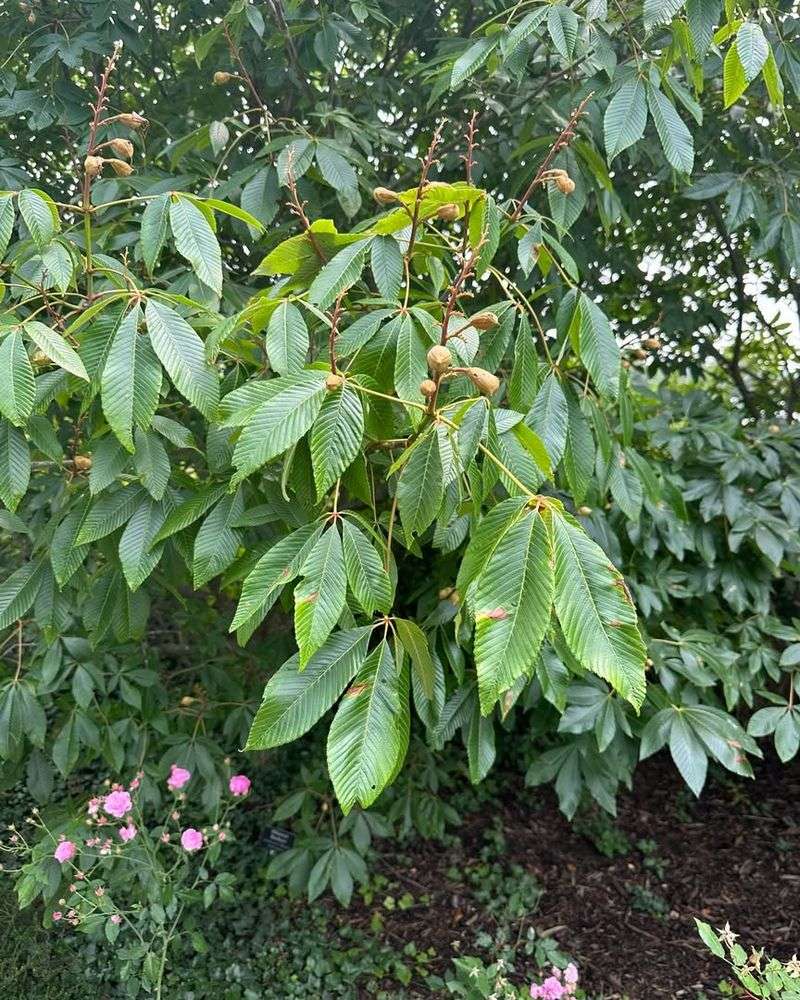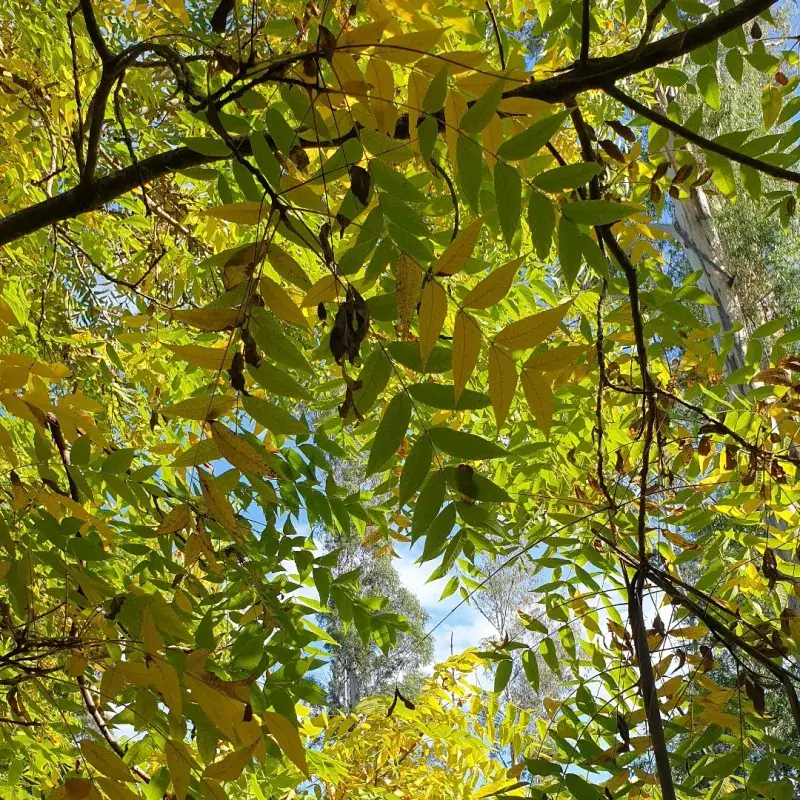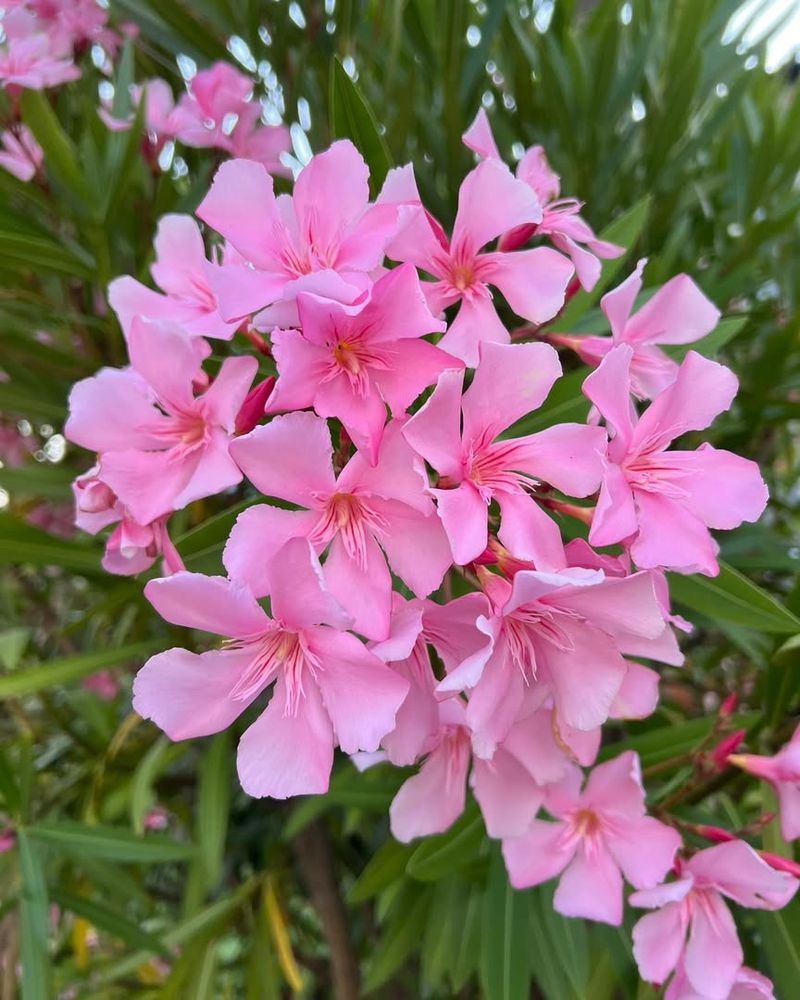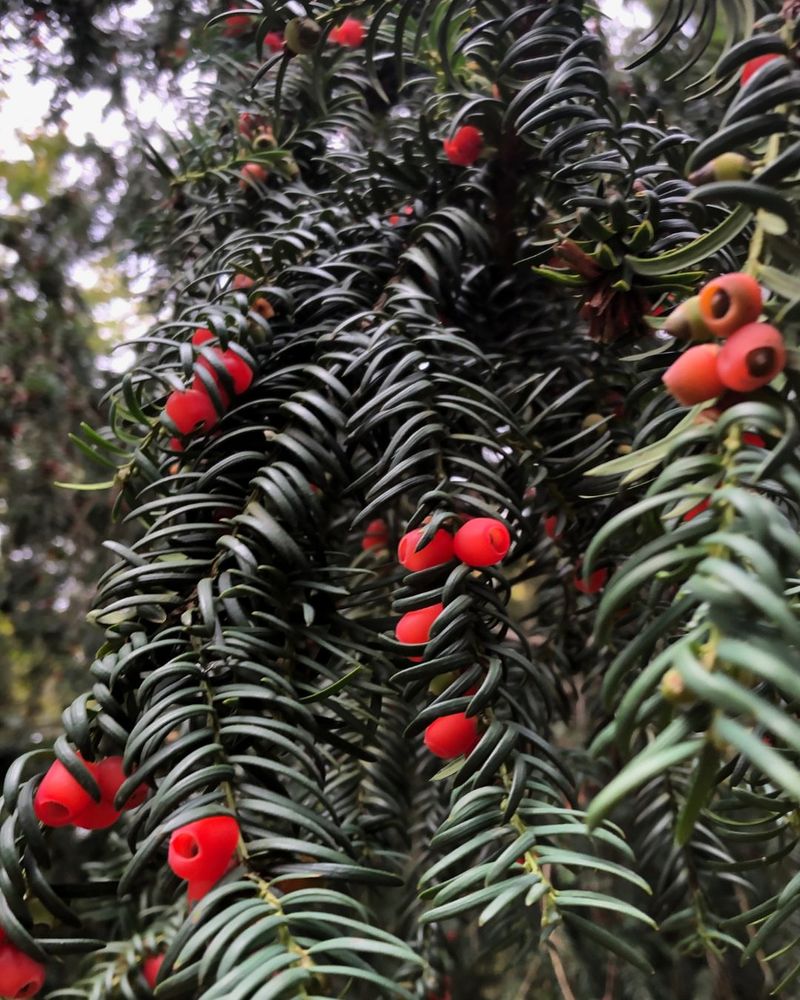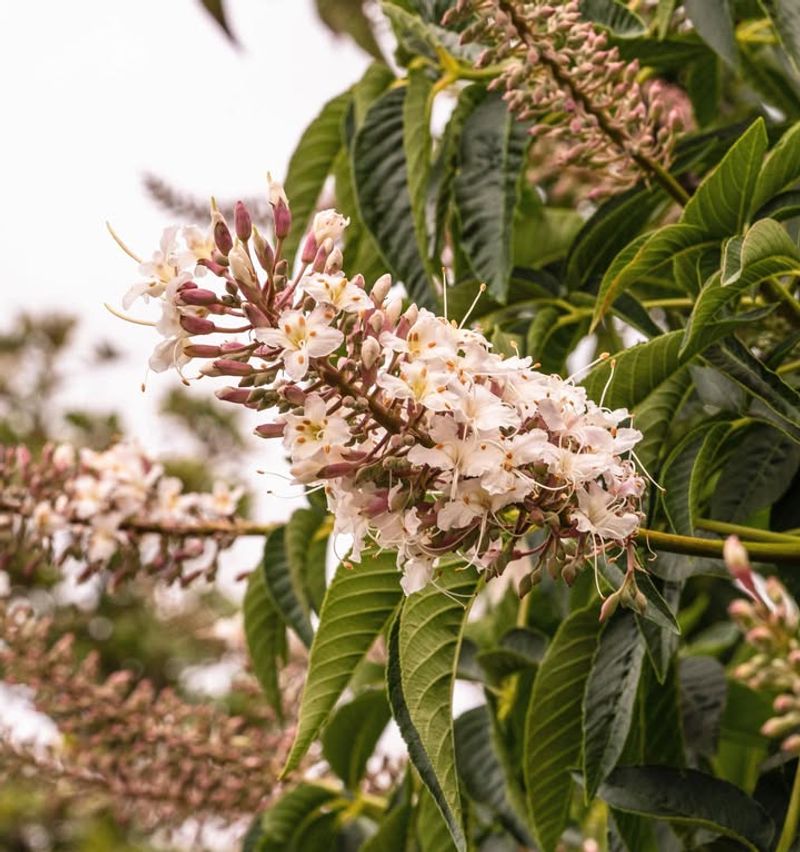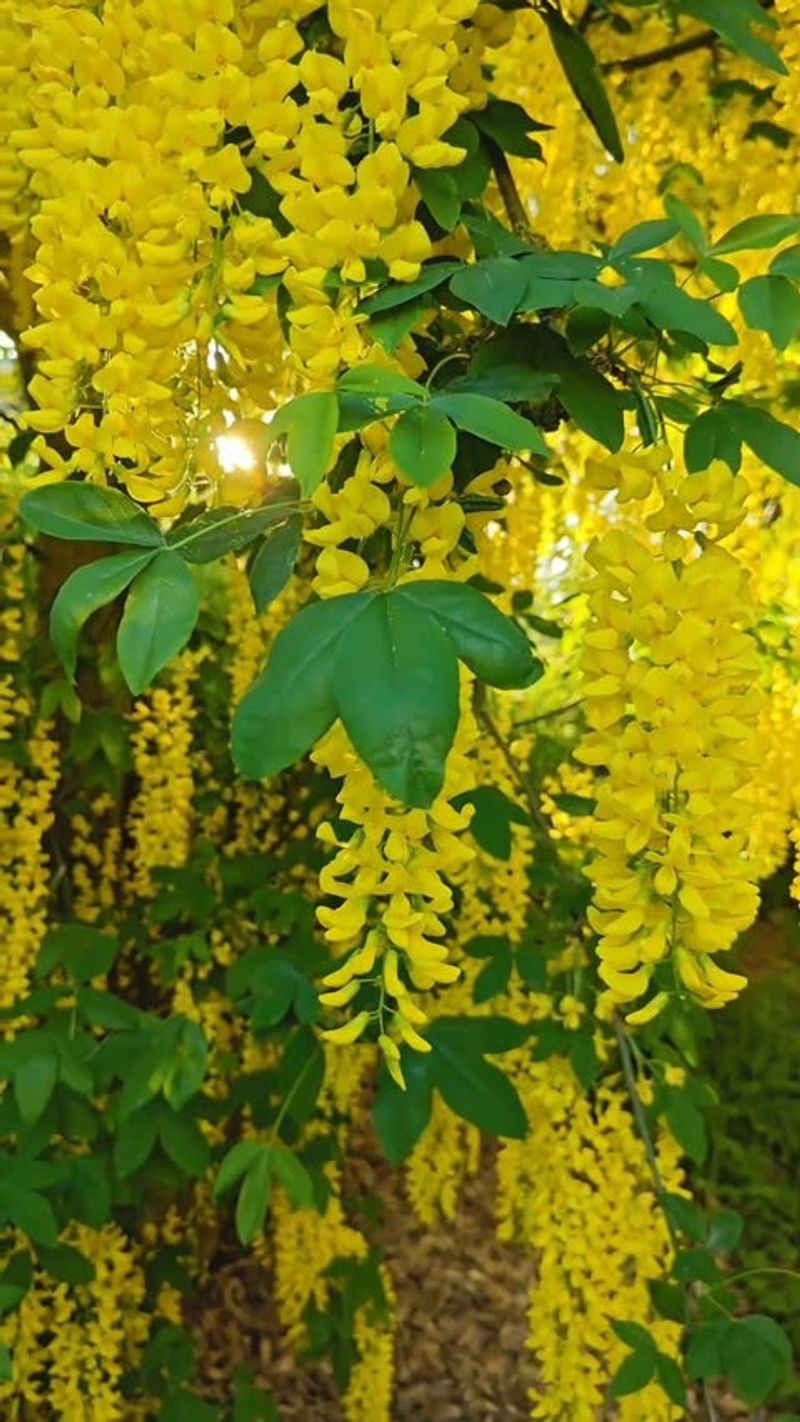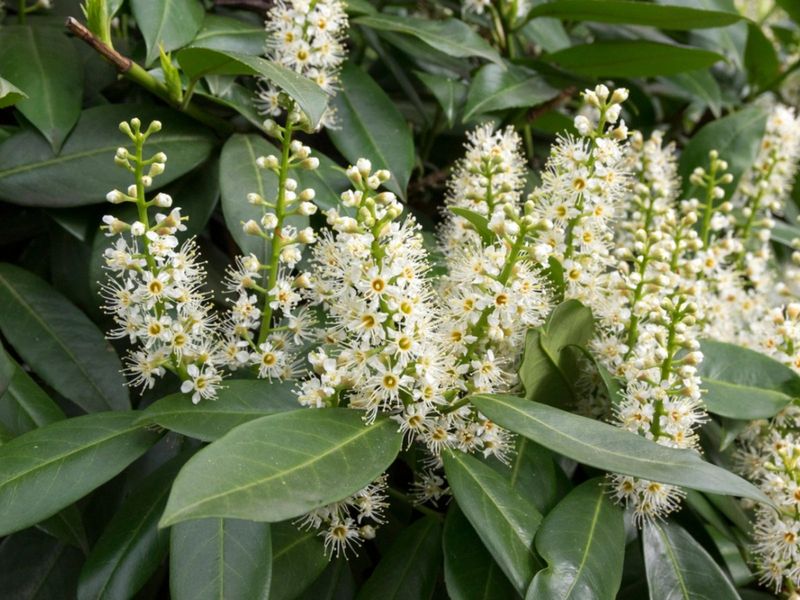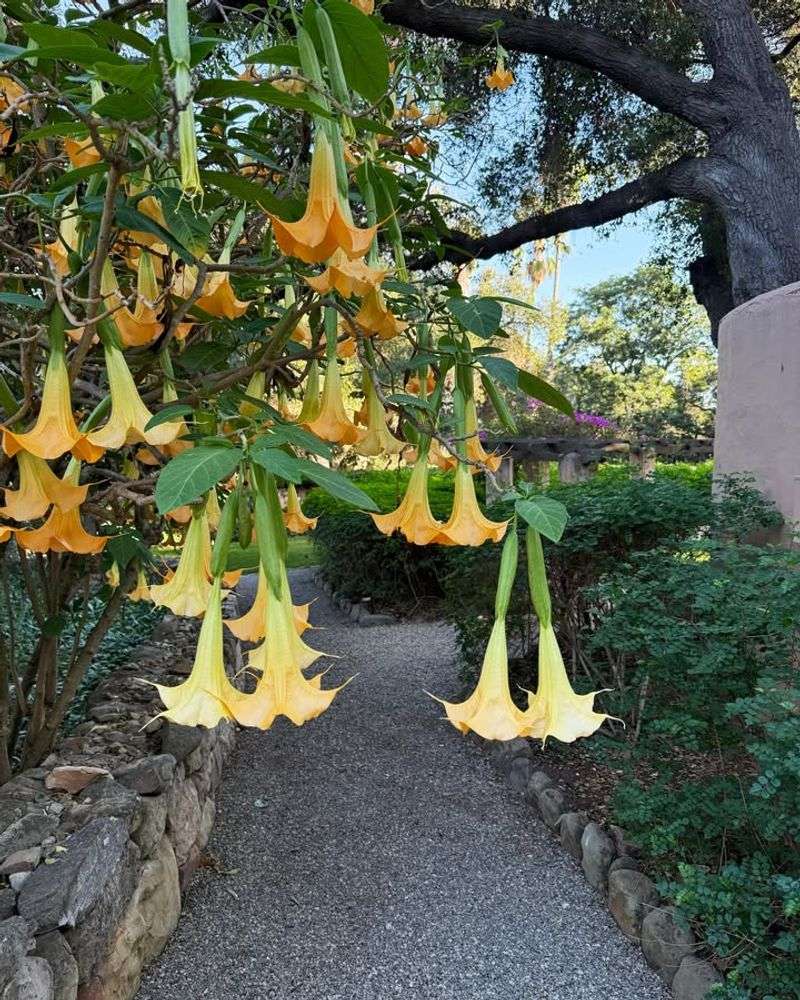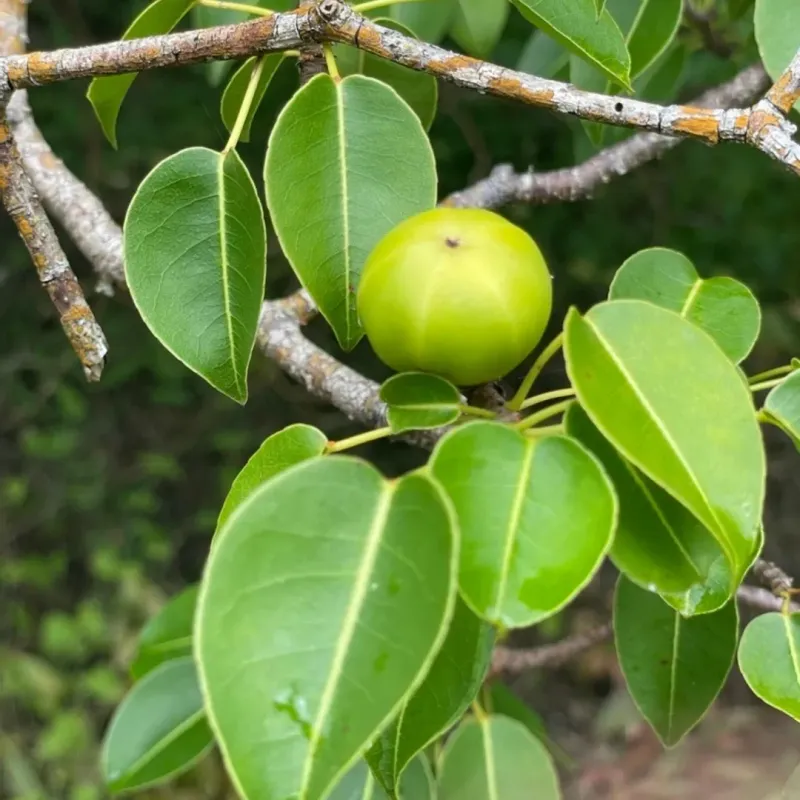Not every tree suited to Georgia’s climate is safe to keep around. Some species contain toxins that threaten pets, livestock, and even nearby plants once leaves or fruit drop.
Avoiding them protects both your yard and the local environment. A few toxic trees have no place in Georgia landscapes.
1. Chinaberry Tree
Chinaberry trees might look pretty with their purple flowers and yellow berries, but they’re actually dangerous invaders. Every part contains toxins that cause vomiting, diarrhea, and seizures in pets and children who accidentally eat them.
Birds sometimes spread the seeds, making these trees pop up everywhere. Wildlife rarely touches the berries because they taste terrible, which should tell you something important.
Removing existing chinaberries protects your family while stopping their aggressive spread throughout Georgia neighborhoods.
2. Black Walnut
Black walnut trees produce a chemical called juglone that poisons the soil around them. Tomatoes, azaleas, and many popular garden plants simply can’t survive near these giants.
Horses are especially vulnerable to black walnut shavings and leaves, developing a painful condition called laminitis. Even touching the hulls can stain your hands dark brown for days.
While the nuts are edible for humans, the tree’s allelopathic effects make it a poor choice for diverse Georgia landscapes.
3. Oleander
Oleanders bloom beautifully in pink, white, and red, but they’re among the deadliest plants you can grow. Just one leaf contains enough cardiac glycosides to seriously harm a child or kill a pet.
Even burning oleander branches releases toxic smoke that causes breathing problems. People have gotten sick from roasting marshmallows on oleander sticks during camping trips.
Despite their drought tolerance and pretty appearance, the extreme danger makes oleanders completely unsuitable for family yards.
4. Yew Trees
Yew trees look innocent with their soft needles and bright red berries, but appearances deceive. The seeds, leaves, and bark contain taxine, a compound that stops hearts from beating properly.
Many landscapers use yews as foundation plantings, placing them exactly where curious toddlers and pets explore most. Symptoms appear quickly, often without warning signs beforehand.
English yews and Japanese yews are equally dangerous, making all varieties poor choices for homes with children or animals.
5. White Snakeroot
White snakeroot earned its fearsome reputation during pioneer times when it killed thousands through contaminated milk. Cows eating this plant produced poisonous milk that caused “milk sickness” in humans.
Abraham Lincoln’s mother famously died from this condition. The plant contains tremetol, which remains toxic even after drying or cooking.
Though technically a large perennial rather than a tree, it grows woody stems and spreads aggressively through Georgia woodlands and yards, demanding removal.
6. Buckeye Trees
Buckeye trees produce glossy brown nuts that look tempting enough to pocket or taste. Unfortunately, they contain aesculin and other glycosides that cause severe vomiting and muscle weakness.
Children often collect the attractive nuts for crafts or games, creating dangerous situations. Native Americans learned to leach out the toxins before eating them, but modern kids lack this knowledge.
Red buckeyes and Ohio buckeyes both pose similar risks throughout Georgia, making supervision difficult during fall nut season.
7. Golden Chain Tree
Golden chain trees dangle gorgeous yellow flower clusters that look like wisteria made of gold. Sadly, every part contains cytisine, especially the seeds inside pea-like pods.
Kids sometimes pop open the pods thinking they’re edible peas, leading to emergency room visits. The toxin affects the nervous system, causing convulsions and breathing difficulties.
Though stunning in spring, the serious poisoning risk outweighs the beauty, particularly in yards where children play regularly throughout the year.
8. Cherry Laurel
Cherry laurels are popular hedge plants across Georgia, but their leaves and berries contain cyanogenic glycosides. When chewed or damaged, these compounds release deadly cyanide gas.
Livestock and pets have died from eating trimmings left on the ground after pruning. Children sometimes make “nature tea” from leaves during imaginative play, creating life-threatening emergencies.
Carolina cherry laurel and English laurel varieties both pose identical risks, making them dangerous choices despite their common use in Southern landscaping.
9. Angel’s Trumpet
Angel’s Trumpet, with its striking, pendulous flowers, captivates with beauty but conceals a dangerous secret. Its flowers, leaves, and seeds all contain toxic alkaloids.
Even a small ingestion can cause serious symptoms, including hallucinations and paralysis. Gardeners with pets or children should avoid this alluring yet hazardous plant.
Native to South America, it thrives in warm climates, making it a tempting choice for Georgia. However, the risks outweigh the aesthetic appeal, making it unsuitable for residential gardens.
10. Manchineel Tree
The Manchineel tree, often dubbed the “tree of death,” is notorious for its toxic sap and fruit. Just touching its bark or leaves can cause severe skin irritation.
Its small, green fruits may appear tempting but are dangerously poisonous if ingested. Despite its coastal habitat preference, it’s not common in Georgia but can be mistakenly introduced.
Historically, it’s been used for poisons, adding to its fearsome reputation. This tree is best admired from a distance, far from homes and curious hands.

